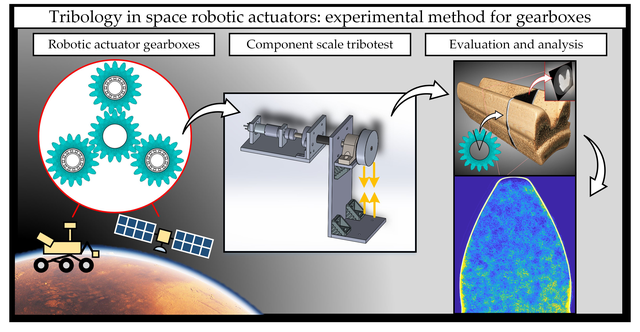
Tribology For Ev And Robotics
Published 8/2025
Created by Aditya Bharat Patil
MP4 | Video: h264, 1280x720 | Audio: AAC, 44.1 KHz, 2 Ch
Level: All | Genre: eLearning | Language: English | Duration: 7 Lectures ( 57m ) | Size: 243 MB
Engineering Tribology for EV and Robotics Applications
Understand the fundamental principles of engineering tribology, including friction, wear, and lubrication mechanisms.
Explore the specific tribological challenges faced in electric vehicle (EV) powertrains and robotic systems.
Gain knowledge of advanced lubricants and surface engineering techniques to enhance component longevity and efficiency.
Learn to apply tribological modeling, simulation, and testing methods to predict and optimize system performance.
Analyze real-world case studies related to EVs and robotics to contextualize theoretical concepts.
Develop practical insights for designing and maintaining high-performance, low-friction systems in cutting-edge engineering applications.
Requirements
Basic understanding of mechanical engineering principles, particularly in mechanics and materials science.
Familiarity with concepts of friction, wear, and lubrication is helpful but not mandatory.
Interest in electric vehicles, robotics, or related mechanical systems.
No advanced math or software skills required; concepts will be explained clearly and progressively.
Description
Master the Science of Friction, Wear, and Lubrication for Electric Vehicles and RoboticsTribology is the hidden force that determines the efficiency, reliability, and durability of modern engineering systems. In Engineering Tribology for EV and Robotics Applications, you will gain in-depth knowledge of friction control, wear reduction, lubrication technology, and surface engineering-critical skills for engineers working with electric vehicle powertrains and robotic systems.This course is designed for mechanical, automotive, and robotics engineers, as well as engineering students, who want to apply tribology principles to real-world EV and automation challenges. Through theory, simulation, and practical case studies, you'll learn how to optimize component performance, extend service life, and improve energy efficiency.What You'll Learn:Fundamentals of engineering tribology: friction, wear, lubrication mechanismsTribological challenges in EV drivetrains, including gears, bearings, and e-motorsPrecision and durability solutions for robotic joints and actuatorsAdvanced lubricants, coatings, and surface treatments for performance enhancementModeling, simulation, and testing of tribological systemsReal-world case studies from electric vehicles and roboticsBy the end of this course, you will be equipped to design, analyze, and maintain high-performance tribological systems for cutting-edge technologies in mobility and automation. Whether you work in mechanical design, EV engineering, robotics, or manufacturing, this course will help you engineer smoother, more efficient, and longer-lasting machines.
Who this course is for
Mechanical, automotive, and robotics engineers aiming to deepen their knowledge of tribology in modern systems.
Graduate and undergraduate engineering students specializing in mechanical design, automotive engineering, or robotics.
Researchers and practitioners involved in electric vehicle powertrain or robotic system development.
Professionals interested in improving durability, efficiency, and reliability of moving mechanical assemblies through tribological innovations.
Anyone seeking a comprehensive, application-driven introduction to tribology tailored for EVs and robotics.